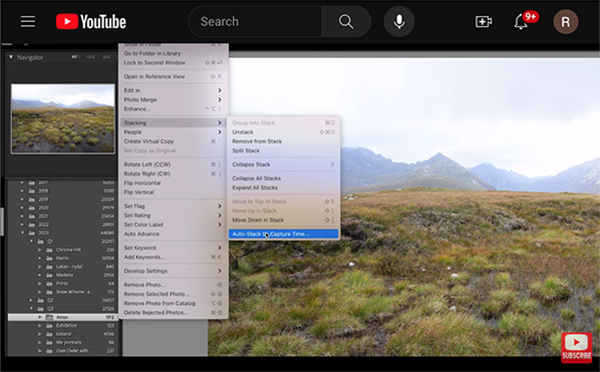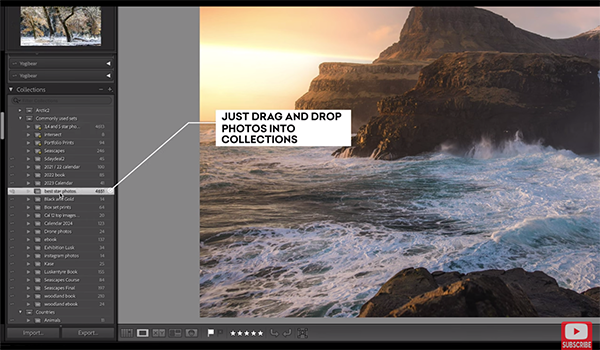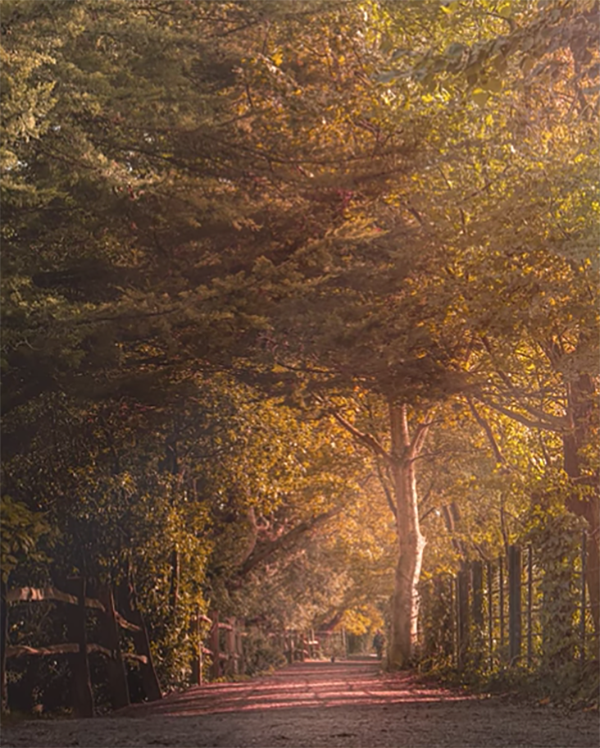La Redoute makes space-saving furniture sexy – meet the ingenious Les Ingenieux collection
Form and function just tied the knot
If you’ve ever tried to locate a photo in your Lightroom catalogue and been unable to find it you know how frustrating this can be. While organizing your images isn’t the most glamorous of tasks, taking time to do it right will save plenty of time and headaches in the future.
British pro Nigel Danson is a very accomplished landscape photographer and one of our favorite instructors, regularly offering great shooting and editing tutorials that anyone can follow. In this very helpful episode he demonstrates what he says is “the easiest way to sort your Lightroom photos.” Once you set things up properly you’ll never have to worry about lost images again.
In barely 15 minutes Danson walks you through the step-by-step process he’s used for over 20 years to keep his catalog of 275,000 images organized. You likely have far fewer images to worry about so the method used by Danson should work wonders for you—keeping everything in your catalog at your fingertips.

Danson sorts his images chronologically, with a folder for every year. He further refines each folder with sub-folders for each quarter. Depending upon the volume of images you shoot these quarterly folders may be unnecessary. In any case, the next step is to add sub-folders for each project and excursion during that specific period of time.
Danson’s trips are often long ones with a multitude of images, and in such cases he actually divides the quarter into daily folders—another refinement that you may find unnecessary. He then demonstrates how he imports images into the appropriate folders placing similar images (like HDR photos) together in stacks that can be expanded or collapsed to keep things nice and tidy.
The next step is using keystrokes to rate the photos according to preference. The letter “P” is how Danson indicates that a particular image is one of the best ones. At this point he has a good start in determining which of his picks are worth editing, and he uses a 3-5 star-rating system for those.

Three-stars mean the image should be edited, but he’s unsure if it will end up in his portfolio. Four stars indicate the image is really good, while five stars means it’s a winner. Danson notes that these are preliminary ratings that he may revisit at a later time.
At this point you’re about halfway through the system used by Danson and you can see the rest by watching the video. It’s all quite simple and well worth the effort. You can find more shooting and editing tips on his popular YouTube channel, so be sure to pay a visit after you’re done sorting out your mess.
We also suggest watching the video we posted earlier from a notable image-editing expert, with a complete beginners guide to Lightroom’s important Basics tab.
This is a great time of year for landscape photography, whether you want to capture the remnants of summer, the unfolding warm colors of autumn, beautiful Golden Hour images, or awe-inspiring sunsets. Last week we featured an unfamiliar Photoshop Curves trick for enhancing these types of images, and today’s tutorial from the Park Cameras YouTube channel is all about getting it done in the camera.
Gareth Evans is the lead instructor at Park Cameras, one of the leading retailers in the UK. In this episode he provides a variety of landscape photography tips ranging from composition, the best way to use light, exposure bracketing and more. Best yet, the techniques you’ll learn are appropriate for shooters of all skill levels and take barely 10 minutes to explain.
Evans says the advice he provides may be a bit different from what you’ve heard in the past, and he begins with a composition tip that will give images more “breathing room” by encouraging you to avoid zooming in too tight on whatever scene you confront. He explains that he often uses longer focal lengths because of the lens compression they provide. But when reviewing images on the computer he often wishes he would have pulled further back further for reasons he explains.

The first thing many photographers do upon arriving at a location is to search for the best way to frame the scene, but Evans suggests that you first focus on the direction and quality of prevailing light and let these variables determine how you compose the shot. He insists that using light properly is the “most important thing,” because good light can actually turn an otherwise boring photo into a real winner. And he has some great suggestions for getting the job done.
Another error that some shooters make is determining the type of image they want to capture before heading out to the field. Evans explains why doing this can really hold you back, and he strongly urges you to get such preconceptions out of your head if you want to take advantage of everything Mother Nature has to offer.
As he says, “I can’t count the number of times I’ve gone to a location with a specific idea of the kind of shot I want to get, focused on that, and missed a bunch of great shots that were right there because I was so obsessed with image in my mind.” Put simply, there are numerous great photo opportunities at just about every location.

It’s also easy to overlook small details in a scene that could make a great photo. Changing up your perspective by shooting from a unique vantage point, or even turning around to examine what’s behind you, are just two ways to take a fresh approach. After watching the video head over to the Park Camera’s instructional YouTube channel where you’ll find a long list of helpful lessons like this one.
We also suggest checking out a very popular tutorial we posted last week, demonstrating an easy and unfamiliar Photoshop Curves trick that works wonders when editing outdoor
